The Blean is just north of Canterbury. It’s ancient woodland – mentioned by a couple of Chaucer’s pilgrims – now managed by a conglomerate of well-meaning wildlife trusts and charities. Drive through a small industrial estate and past a garage and you’ll reach the visitors’ centre. Beyond that is bison country. Four wild European bison now roam the 50 hectares of woodland and scrub, merrily smashing through young birch trees and tearing up the earth. They have been introduced as part of a rewilding project. The latest, the first male of the herd, was brought over from Germany two days before Christmas.
Rewilding is controversial and easilymocked. After all, bison went extinct in Britain just after the Ice Age, about 10,000 years ago, around the time that Doggerland was consumed by the North Sea. What possible need could there be for them now? Paul Whitfield, the tweed-wearing, ponytailed director of the Wildwood Trust, makes a good case. ‘Traditional conservation hasn’t been working,’ he says. And given how barren and depleted the countryside is, we can’t simply conserve, we need to recreate. ‘We are trying to protect something that is already massively damaged.’
Paul Hadaway, director of conservation at the Kent Wildlife Trust, agrees: ‘In traditional conservation, we would have gone out and coppiced an area of woodland and burned all the brush and stacked all the logs neatly and not left any dead trees because of that almost Victorian obsession with tidiness.’ Hadaway changed his mind about conservation after visiting the Knepp Estate. Half an hour’s drive from Gatwick, it pioneered a rewilding in the UK. ‘I was standing there in a field and thinking, “Well that’s in the wrong place, that shouldn’t be there”. But when I heard turtle doves and nightingales and saw peregrines nesting in a tree and there were yellowhammers, I thought, “Hang on a minute, this is all the stuff we’re micromanaging to try to preserve. Knepp is just letting go”.’
Blean is an experiment. The woods have been separated into three sections: one with bison, another that will soon have English longhorn cattle and Iron Age pigs, and another that will be a control, managed using current conservation techniques. The idea is that the bison and the other so-called ‘ecosystem engineers’ can do to the landscape what no mechanical process can replicate. They are already clearing pathways through the undergrowth, rolling around in the earth, demolishing trees and stripping them of their bark. That, in turn, should allow for more varied plants, which means more insects and more predators that feed on them. Only large herbivores can create that kind of happy chaos.
I see the romance of bison and believe that experiments like this are a good thing. And I love the idea of a wilder Britain. I want to be able to show my children nightingales and slow worms and water voles. But I also want English farmers, like my late grand-father, to be able to keep eking a living out of the land.
And it still sounds a little eccentric to bring back the megafauna of a previous epoch. The decline of English wildlife is recent, while bison went extinct in Britain before the dawn of history. How can their absence be to blame? The answer lies in what we’ve done to the countryside. A few hundred years ago, there were cow herders letting their cattle loose on the commons. When that unmanaged land was enclosed, all that scrubby semi-wooded wilderness died off. That’s what the bison are supposed to bring back.
But if rewilding is to have a significant effect, doesn’t it mean letting go of vast swaths of English farmland? Not according to Whitfield. Instead, it’s about changing the way we treat the land that is already protected. Farmers, he says, are more receptive than you might think. At the end of last year, Liz Truss hinted that she wanted to scrap the post-Brexit farming subsidies, which paid farmers for things like planting hedgerows in place of fencing to create more habitats for birds and small animals. The nature lobby was appalled. But plenty of farmers weren’t happy either. They’re coming around to the idea of cultivated wilderness.
Still, I worry about the dangers of marauding bison. For every 800 interactions, a bison will attempt to gore a human. If there was a London suburb with those kinds of odds of getting stabbed, I’d probably avoid it. What would happen to the oblivious dog walker if their overexcited terrier came face to face with almost a ton of muscle? ‘It’s exactly the same as taking your dog for a walk across a farm,’ Whitfield argues. ‘If you’ve got a field full of bullocks and you take a dog off the lead, you’re an idiot.’ About four or five people are killed by cattle each year in Britain. Dog walkers are able to stroll through bison sanctuaries in the Netherlands and so far there haven’t been any deaths.
Blean, it turns out, is ringed by Jurassic Park fencing. There’s an inner electric fence and an outer, taller fence, thanks to the Dangerous Wild Animals Act 1976. The bison are nowhere to be seen. Instead, we go to look at a domesticated bison in the next-door wildlife park. Orsk trots out of his stable and up a small grassy mound in the middle of his enclosure. His flank and rear are like that of normal cattle but his shoulders are vast, as if he’s spent too long on the gym bench press. Up there on his little hillock, Orsk looks majestic and absurd.
Got something to add? Join the discussion and comment below.
Get 10 issues for just $10
Subscribe to The Spectator Australia today for the next 10 magazine issues, plus full online access, for just $10.
You might disagree with half of it, but you’ll enjoy reading all of it. Try your first month for free, then just $2 a week for the remainder of your first year.

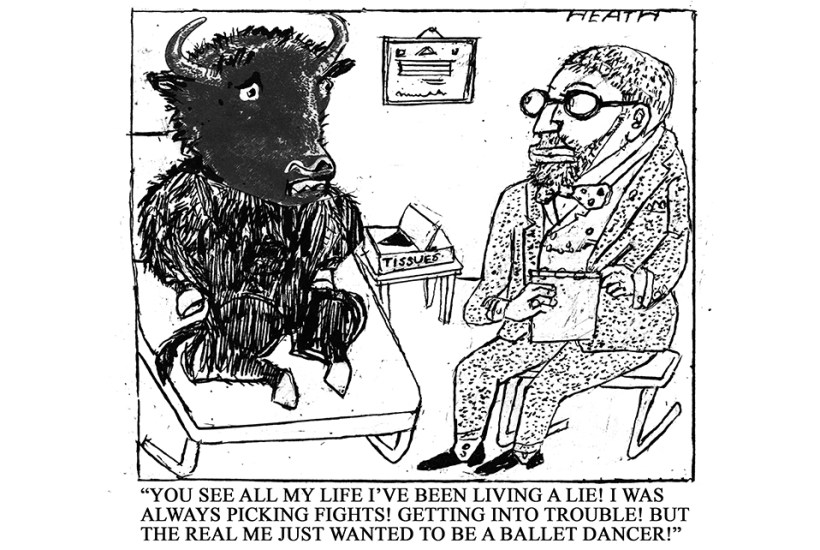
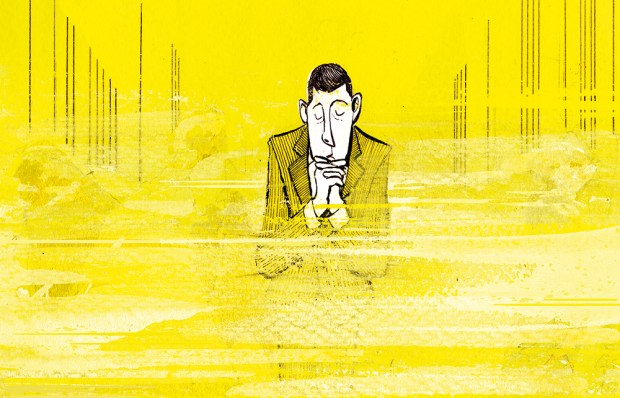
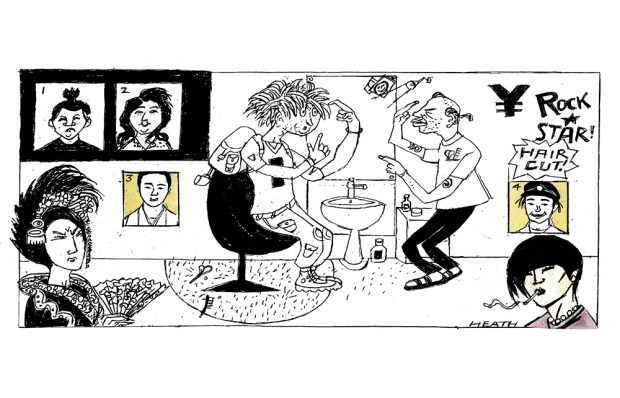
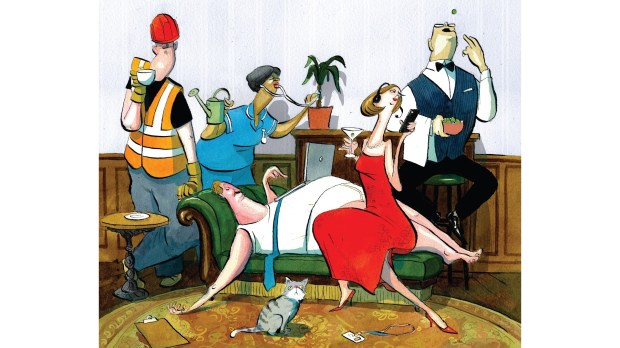
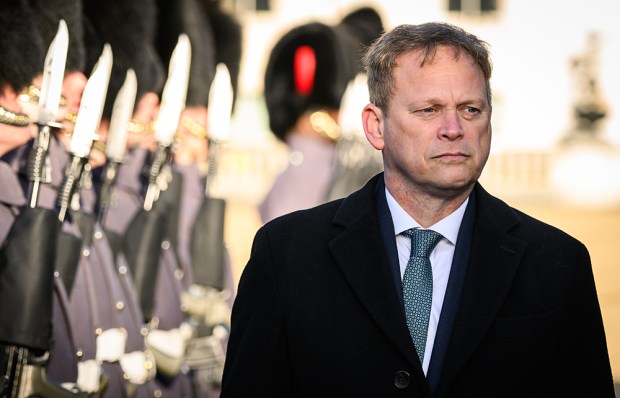
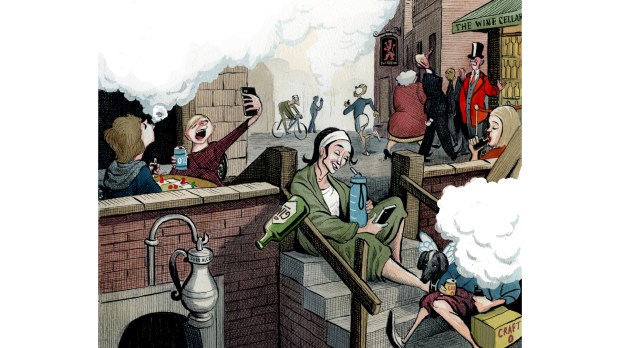







Comments
Don't miss out
Join the conversation with other Spectator Australia readers. Subscribe to leave a comment.
SUBSCRIBEAlready a subscriber? Log in